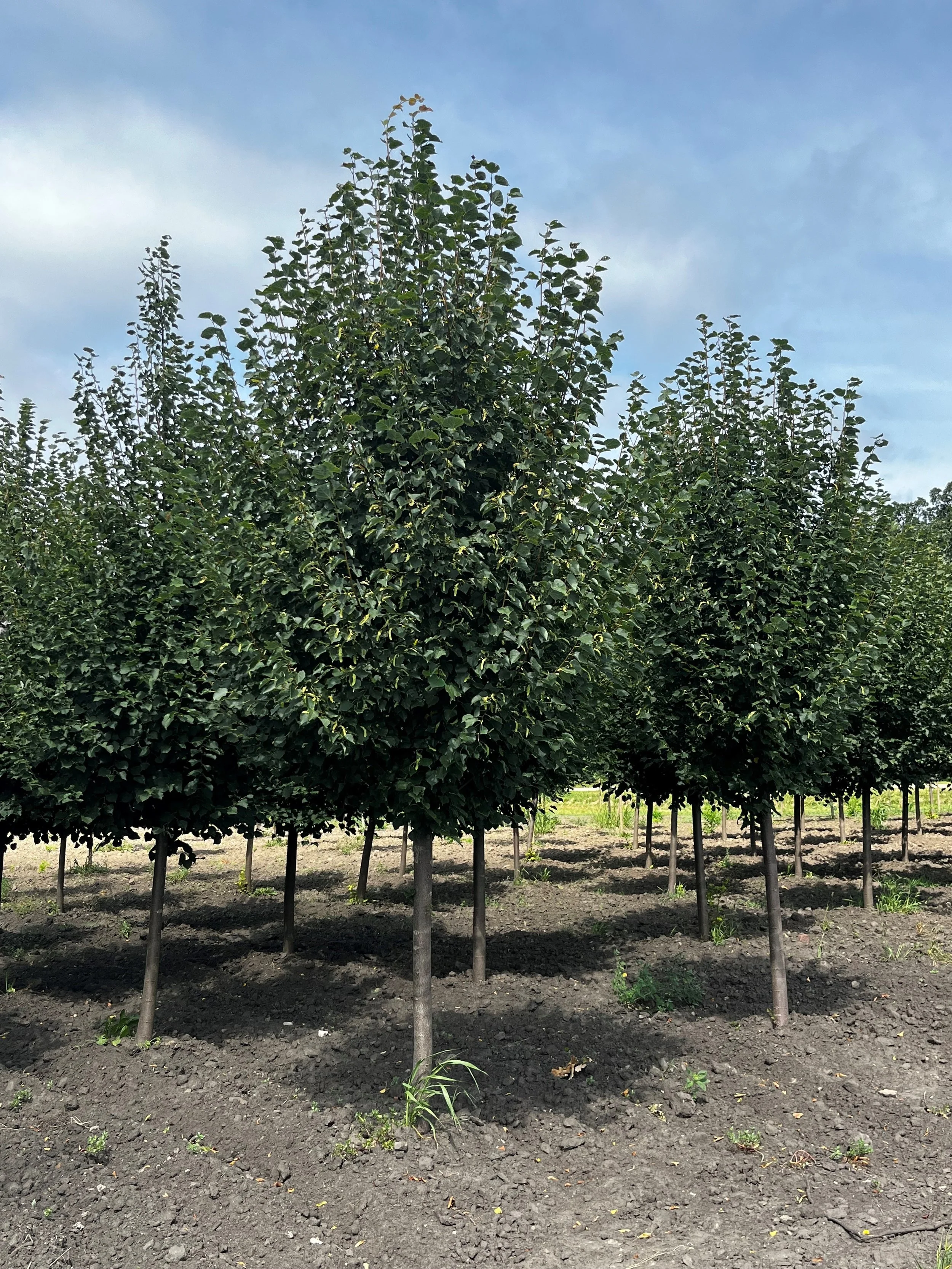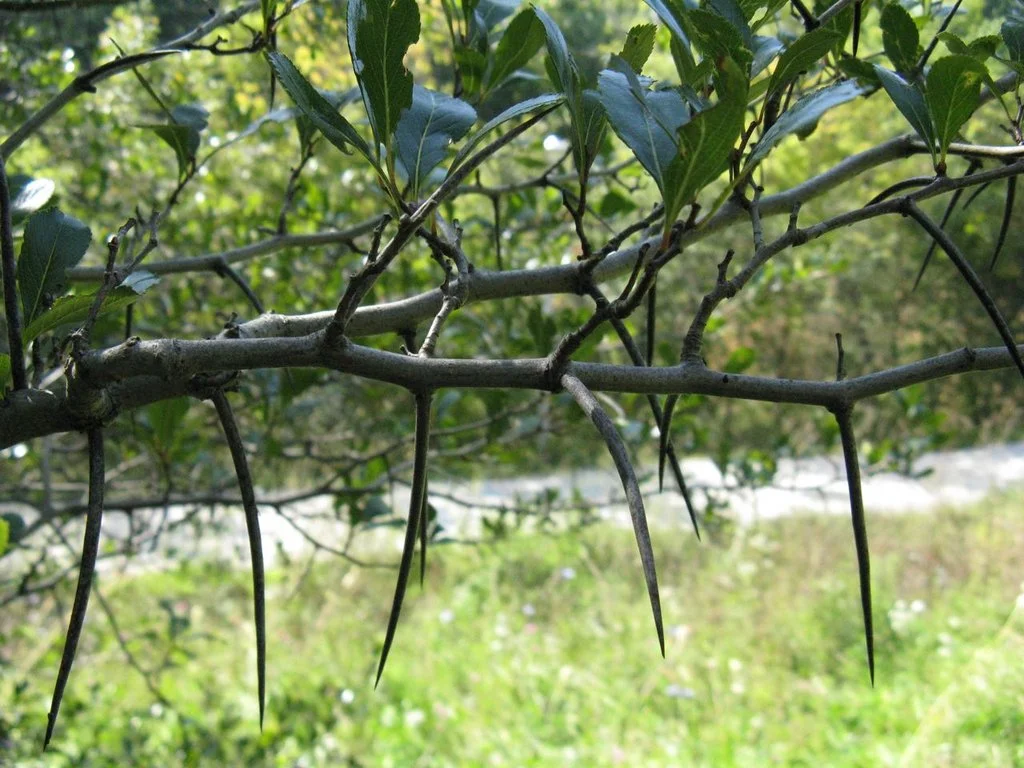Protect Trees During Construction
Needless to say, this tree is likely not going to survive after this construction abuse.
Preserving Tree Health During Construction: Essential Tips for Success
Construction projects often pose a significant threat to the health and well-being of trees on the property. The heavy machinery, soil compaction, changes in drainage patterns, and other construction-related activities can lead to severe damage or even the loss of trees. As a property owner or contractor, it's crucial to prioritize tree health and take proactive measures to protect them during construction. In this blog post, we'll share essential tips to ensure the survival and vitality of trees throughout the construction process.
Plan Ahead: Include tree protection in the initial project planning phase. Identify and map out the location of all trees on the property, noting their size, species, and condition. Consult with an arborist or tree care professional to assess the health of the trees and determine their value to the landscape. Incorporate tree protection measures into the project plan to minimize potential damage.
Establish Tree Protection Zones (TPZ): Create clearly defined Tree Protection Zones around each tree that will be impacted by the construction activities. The size of the TPZ will depend on the tree's size and its root spread. This area should be fenced off and clearly marked to prevent heavy machinery, equipment, and construction materials from encroaching upon the tree's root zone.
Limit Soil Compaction: One of the most significant threats to tree health during construction is soil compaction. Heavy equipment and construction traffic can compress the soil, reducing its ability to absorb water and oxygen, which are vital for healthy root function. Minimize soil compaction by restricting vehicle access to designated routes and providing thick, temporary mulch or protective layers over the root zone.
Protect Trunk and Branches: Implement measures to protect the tree's trunk and branches from accidental damage. Erect physical barriers, such as fencing or sturdy posts, around the tree to prevent accidental impacts or collisions. Use warning signage to alert construction workers to the presence of the tree and emphasize the need for caution.
Avoid Grade Changes: Avoid altering the existing grade or drainage patterns around the trees. Changing the slope or elevation near the tree can disrupt the water flow/availability and affect root health. Even minor grade changes can have a significant impact on tree stability and water absorption. Preserve the existing grade and drainage patterns within the Tree Protection Zones.
Watering and Irrigation: Monitor and ensure adequate watering and irrigation for the trees during construction. Construction activities can disrupt natural water sources and increase the tree's water stress. Supplemental watering may be necessary, especially during dry periods, to compensate for the loss of moisture caused by soil disturbance and compaction.
Limit Chemical Exposure: Prevent exposure of trees to harmful chemicals and construction materials. Keep all construction-related chemicals, fuels, and solvents away from the Tree Protection Zones. Avoid spraying herbicides or pesticides near the trees during construction. Chemical exposure can have long-lasting and detrimental effects on tree health.
Regular Monitoring: Regularly inspect the trees throughout the construction process to assess their condition and identify any signs of stress or damage. Look for symptoms such as wilting leaves, early leaf drop, or pest infestations. Promptly address any issues by consulting with an arborist or tree care professional.
Post-Construction Care: Once the construction is complete, continue to monitor the trees and provide post-construction care as needed. This may include proper pruning, fertilization, or additional watering to aid in recovery and promote healthy growth.
Remember, protecting tree health during construction requires a collaborative effort between the property owner, contractors, and tree care professionals. By incorporating these tips into your construction plans, you can minimize the impact on trees, preserve their vitality, and maintain the natural beauty of your landscape for years to come.
An ideal Tree Protection Zone set up - thanks to South Carolina Forestry Commission for this great, simplified schematic (DBH means Diameter at Breast Height)











